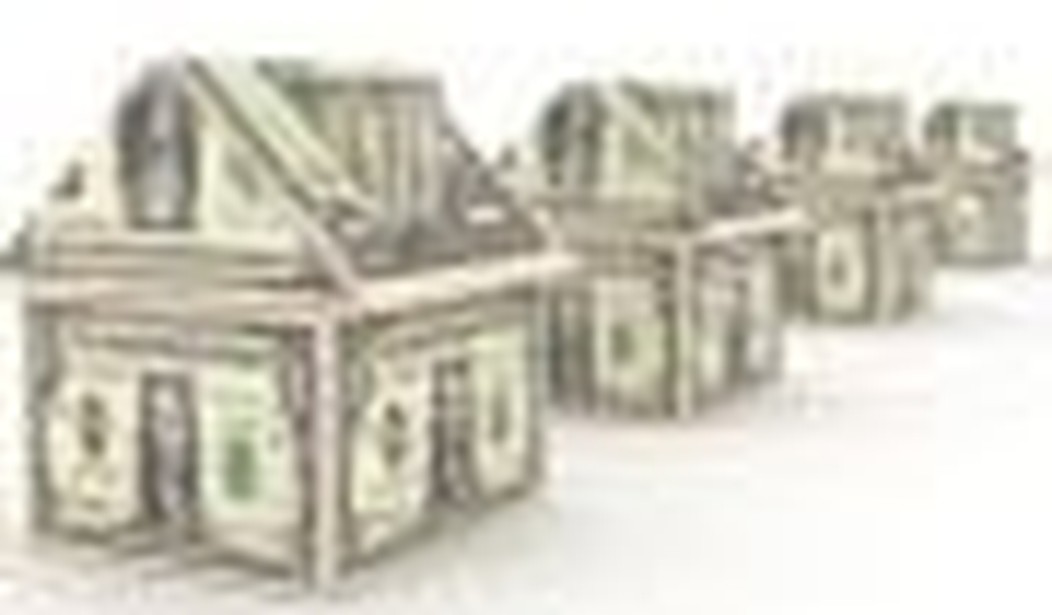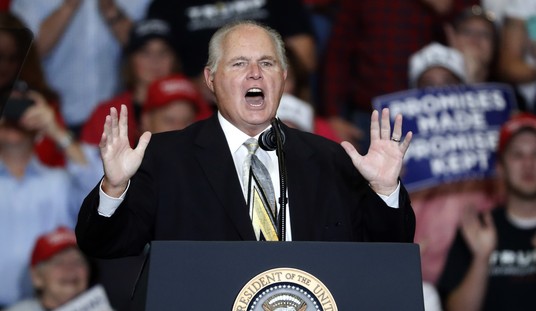We’re in the middle of the continuing crisis and there are regular announcements of collapse and catastrophe. I’m going to tell you a secret: you can’t trust anyone’s predictions of collapse and instant bankruptcy. But you can get a lot of insight simply by doing the sums.
The original banking crisis was a real, major crisis — do not doubt it — but it was also a transient effect of the way that we do banking along with the imposition of FAS 157, the “mark-to-market” rule. I wrote extensively about that at the time. But what brought it about was a longer-term issue, the collapse of the “housing bubble” — like all such, an episode where people presumed that an asset would continue growing rapidly and so exposed themselves to risk to get out with a bucket while it was still raining soup. Then, for any number of reasons, the market stopped charging ahead. The economy in general picked up and the Federal Reserve raised interest rates to deal with potential inflation at just about the time people with balloon loans wanted to refinance; of course, payments on adjustable-rate loans went up as well. This meant that home values stopped going up, mortgages got harder to get, the bubble burst, and the snowball was rolling, leading to the banking crisis last year.
Now the value of homes in general has dropped by something like 15-20 percent, and in some really hot areas like Las Vegas it’s dropped 35-40 percent. Those assets have two owners: the banks that hold the mortgages and the people who pay the mortgages. I don’t care how you deal with it, but the fact is that what used to be a value of X is now something around 0.6X in those places. What’s more, if a bank forecloses, it usually costs about half the total to get rid of the house, so the houses, net, are worth about 0.3X to the banks.
Thus, it’s better for the bank to write down the loans to keep them active than have walkaways. Make a new mortgage that writes off the loss in value and, believe it or not, both sides of the mortgage take a hit: the bank writes down the asset, the customer loses their equity such as it is and loses on the other end, because the house won’t be worth as much when the mortgage is paid off.
So, one way or the other, the value will get written down. But if the bank writes it down, though, that makes their balance sheet look worse — it looks like an expense, a write-off. If the write-off is big enough, the bank becomes illiquid or even insolvent.
What happens then? FDIC has to close it, and since FDIC is underfunded, that means money comes from somewhere in the government to do it. The original bank stockholders lose, but eventually get some cents on the dollar in liquidation.
Another option is for the bank to write down the assets and then get a capital infusion from somewhere else; then the balance sheet looks better and the original stockholders are diluted. Again, the original stockholders effectively get some cents on the dollar. The source of that capital isn’t important, but in a general write-down like this, the last resort is the government. It’s very much like the FDIC taking over, except the management stays in place.
There’s nothing wrong with the stockholders getting back only pennies on the dollar, by the way; they were getting paid to take risk when they bought the stock and accepted the gains and dividends. They own part of the real estate that’s dropping in value, so they can expect to share in the loss somehow.
A third option is for the bank to foreclose on all those houses. This means they stop providing cash flow to whatever extent they were, and the bank owns a non-performing asset worth maybe 0.3 times what the face value might be. So, the bank becomes insolvent and FDIC comes in again to protect the depositors.
The point here is the money comes from the government somewhere.
The only case where money doesn’t come in from the government somehow is the case where the U.S. simply reneges on FDIC — defaults.
That possibility is thoroughly unpleasant to contemplate — unless you want to see all Treasury bond values drop to 10 cents or less on the dollar and almost all deposits disappear, making the bank crises from ’29 to ’33 look minuscule by comparison.
Ron Paul and other doctrinaire libertarians might think, “Okay, well that’s what needs to happen and the survivors will be stronger for it,” but the other 299 million people in the U.S. won’t stand for it and it would make a lot of trouble with the other six billion too.
(That’s the frustrating part about being a doctrinaire libertarian: when people are free to do what they want, they often don’t do what’s “theoretically sound.” Come up with a way to coerce them into theoretical soundness and you’ve stopped being a libertarian.)
So to a very high degree of certainty, you can figure something is going to be done, and that something is going to involve the government putting money into the mortgage business. All we’re doing now is haggling about the price.
That’s what comes of doing the sums.










Join the conversation as a VIP Member